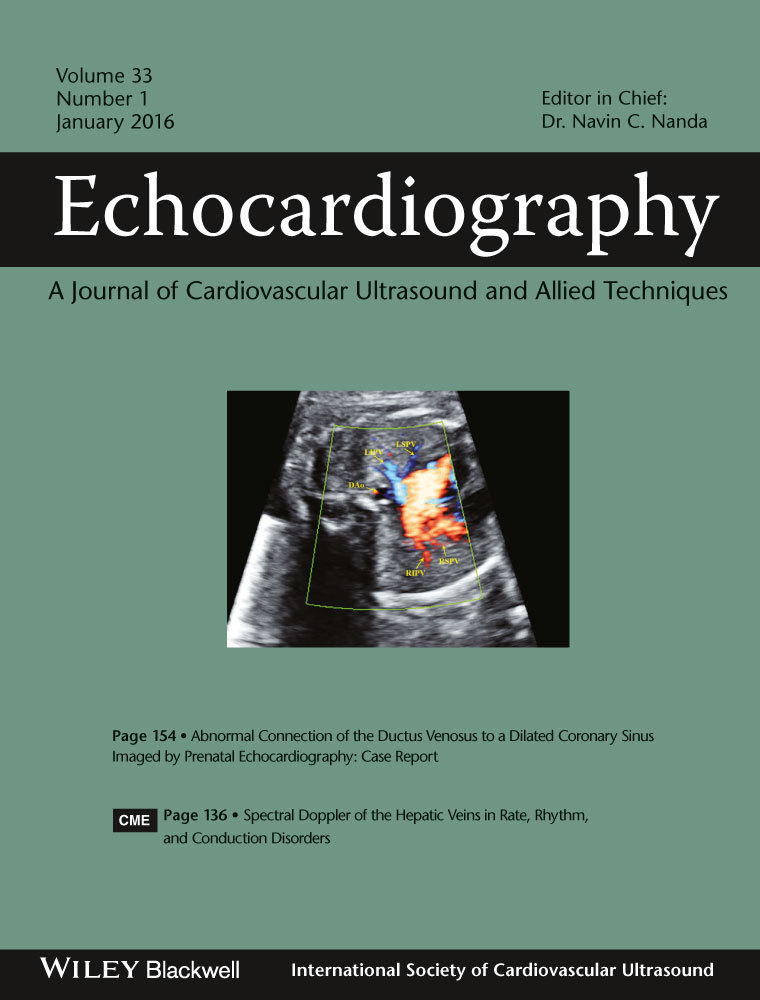Large Esophageal Hematoma Following Transesophageal Echocardiography-Guided Device Closure of Atrial Septal Defect
Abstract
A 47-year-old woman with a large ostium secundum atrial septal defect (ASD) and severe pulmonary artery hypertension underwent device closure of ASD under transesophageal echocardiography guidance. She developed a massive esophageal hematoma which was diagnosed 4 days after the procedure. The use of dual antiplatelets after the device closure further aggravated the hematoma. As the patient remained stable and the site of leak could not be identified by contrast studies, she was managed conservatively with nil per mouth, broad-spectrum antibiotics, and continuous nasogastric aspiration. We were faced with the risk of thromboembolism after stopping antiplatelets versus the risk of increasing peri-esophageal hematoma if they were continued. With careful monitoring for thrombus formation on the device, the antiplatelets were stopped and the hematoma resolved. The hematoma resolved by 10 days, and the antiplatelets were restarted gradually. Iatrogenic esophageal injury is an important cause of esophageal perforation, which is a condition with high mortality and morbidity. Esophageal perforation following device closure of ASD is particularly challenging as the scenario is worsened by the use of antiplatelets and they have to be discontinued with the attendant risk of thromboembolism.




